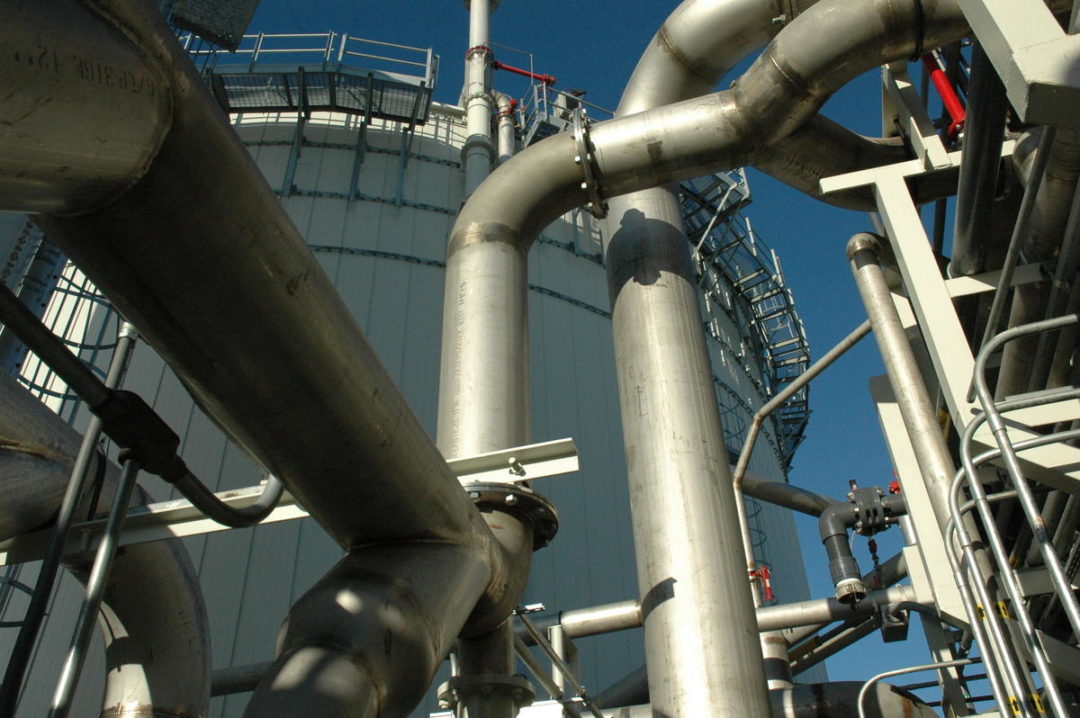If you are looking for examples of large-scale eco-friendly initiatives, you’ll want to pay attention to supermarket giant Kroger over the next few months. The company, which owns the most conventional grocery stores in the country, will begin funneling some of its food waste to its distribution center in Compton, CA, where it will be converted into clean energy to help run that facility.
Food that cannot be sold or donated will be brought by truck to the distribution center for the company’s Food 4 Less and Ralphs grocery stores, where a conversion system is expected to turn 55,000 tons of waste into energy per year. The 650,000-ft2 facility is set to have 20% of its energy needs accounted for by this endeavor. Approximately 150 tons of food waste per day will be processed, instead of going to landfills or being diverted to other waste-removal solutions that are costlier and require more transportation. The company says that its trucks will drive 500,000 fewer miles each year.
Through the naturally occurring process of anaerobic digestion, the system converts the carbon in organic material into a renewable source of methane. The process takes place in an enclosed and oxygen-free space through the use of certain types of bacteria, minimizing space requirements and generating no odor. Once the waste is converted in this way, the resulting renewable biogas is then utilized as a power source for onsite operations. The company will also use 150 zero-emission fuel cell forklifts at the facility, adding to the sustainability of the operation.
In addition to surplus energy, the proprietary biodigester technology that Kroger will use also produces a nutrient-rich organic fertilizer. The company behind the technology, FEED Resource Recovery, Inc., is claiming an 18.5% return on investment for Kroger with this project. Though it is currently a large scale solution to a large scale problem, it is something for the entire retail industry to take note of, as renewable energy solutions like these become more accessible and cost effective for smaller operations in the future.
Published in WholeFoods Magazine, July 2013 (online 5/30/13)










